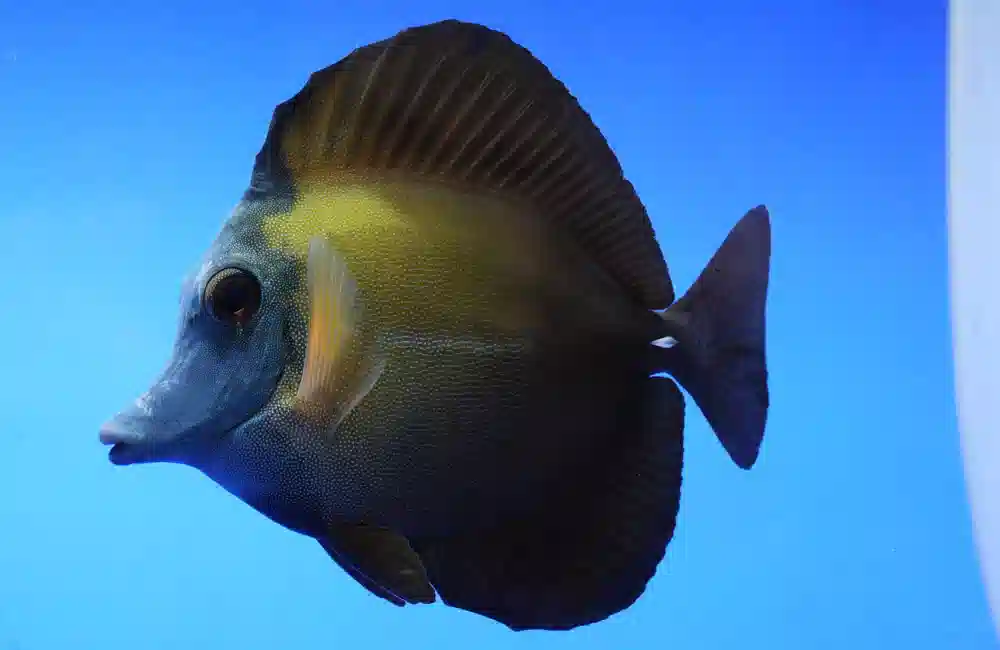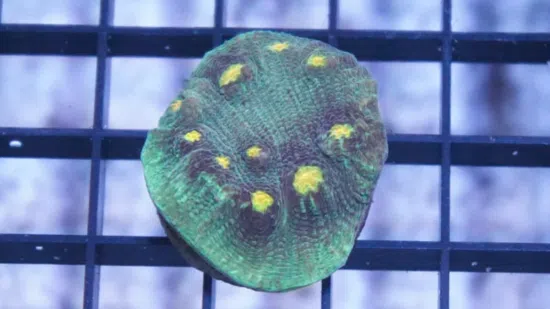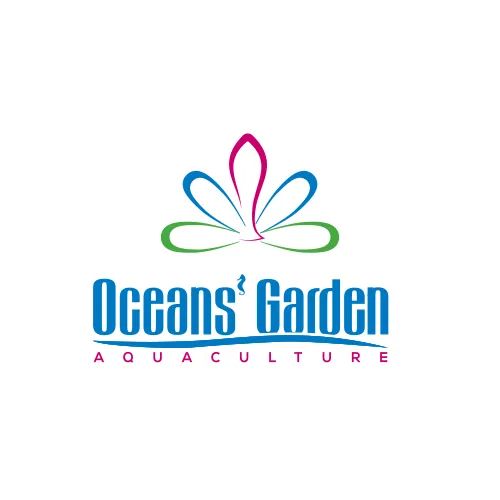Blue Face Koi Tang - Red Sea
Zebrasoma sp.
(0 Reviews)

Blue Face Koi Tang - Red Sea
Zebrasoma sp.
(0 Reviews)
{{ item.name }}
Size: {{ item.extra_field_3 }}
${{ getFormattedPrice(item.saleprice) }} ${{ getFormattedPrice(item.price) }}
To join the waiting list, click here
Free Shipping
With
$199.00
or more in Marine Life.
More details...
Blue Face Koi Tang - Red Sea Care Facts
| Care Level: | Easy |
|---|---|
| Temperament: | Peaceful |
| Diet: | Omnivore |
| Reef Safe: | Yes |
| Minimum Tank Size: | 120 gallons |
| Max Size: | 12 inches |
Looking for a stunning showpiece fish for your reef aquarium? Look no further than the Koi Tang, which is a fancy version of the popular Scopas Tang. With their unparalleled rarity and hardiness, Koi Tangs are highly sought-after additions to marine tanks. They have mis matched coloring on their face giving it a blue hue. They also readily accept prepared foods, making them easy to feed, and are generally good tankmates for most fish. However, they can be aggressive with other tangs, so careful planning and tank setup are necessary.
With a listed maximum size of 12 inches, Koi Tangs require a sizable aquarium, making them perfect for larger home aquariums of at least 125 gallons. They should be fed a mix of brine, mysis, saltwater pellets, and seaweed and algae like spirulina. Keep your Koi Tang healthy and thriving with proper water parameters, strong water flow, and high-quality lighting and lots of rock work for hiding. Discover the beauty and elegance of Koi Tangs in your reef aquarium today!
Blue Face Koi Tang (Zebrasoma sp.) - A Comprehensive Guide for Saltwater Marine Aquariums
This comprehensive guide offers valuable insights into the care and maintenance of the Blue Face Koi Tang (Zebrasoma sp.) in saltwater marine aquariums. Covering a range of essential topics, including their habitat, reef compatibility, size, lifespan, dietary needs in captivity, aquaculture availability, sexual dimorphism, symbiotic relationships, juvenile versus adult coloration, compatibility with other marine life, temperament, tank requirements, and specific water conditions, this guide aims to assist both novice and experienced aquarists in successfully keeping and appreciating these striking fish.
Habitat of the Blue Face Koi Tang:
The Blue Face Koi Tang belongs to the Zebrasoma genus, which includes several species, such as Zebrasoma xanthurum, Zebrasoma flavescens, and Zebrasoma veliferum. These fish are indigenous to the Indo-Pacific region, inhabiting coral-rich areas, clear lagoons, and outer reef slopes. Their vibrant colors and distinctive patterns make them popular among marine enthusiasts.
Reef Compatibility of the Blue Face Koi Tang:
The Blue Face Koi Tang is generally considered reef-safe, making it suitable for reef aquariums. These fish are herbivores and primarily graze on algae, which can help control and prevent excessive algae growth in the aquarium. However, they may occasionally nip at corals or sessile invertebrates if their dietary needs are unmet.
Size of the Blue Face Koi Tang:
When fully grown, Blue Face Koi Tangs typically reach a size of 10 to 12 inches (25 to 30 centimeters). Due to their potential size, providing them with a spacious tank is essential to ensure their well-being.
Lifespan of the Blue Face Koi Tang:
With proper care and a suitable environment, Blue Face Koi Tangs can live for an extended period, often reaching a lifespan of 10 to 15 years in captivity. This longevity makes them a rewarding and long-term addition to marine aquariums.
Dietary Needs in Captivity:
Blue Face Koi Tangs are herbivorous and primarily feed on various types of algae in their natural habitat. To replicate their diet in captivity and maintain their health and vibrancy, providing them with a diet rich in plant matter is crucial. Suitable foods include:
- High-quality marine-based flake or pellet foods with a high algae content
- Fresh vegetables like blanched spinach, seaweed, and nori
- Herbivore-specific frozen foods
- Algae-based sheets or clips
Aquaculture Availability of the Blue Face Koi Tang:
Blue Face Koi Tangs are not available through aquaculture efforts, and most specimens in the aquarium trade are still wild-caught. When purchasing these fish, sourcing them from reputable suppliers who adhere to sustainable and ethical collection practices is essential.
Sexual Dimorphism of the Blue Face Koi Tang:
Blue Face Koi Tangs do not exhibit significant sexual dimorphism, and distinguishing between males and females based on physical characteristics can be challenging.
Symbiotic Relationships of the Blue Face Koi Tang:
In the wild, Blue Face Koi Tangs are known to form loose aggregations and can often be seen swimming with other tangs and surgeonfish species. These aggregations protect from predators and access to a broader range of algae.
Compatibility with Other Marine Life:
Compatibility with other tank inhabitants is crucial for a thriving ecosystem when considering Blue Face Koi Tangs for your saltwater aquarium.
Temperament of the Blue Face Koi Tang:
Blue Face Koi Tangs are generally peaceful but can become territorial, especially in smaller tanks with limited swimming space. To minimize aggression, consider the following guidelines:
- Provide a spacious tank with ample swimming room.
- Introduce them to the tank last to reduce territorial behavior.
- Keep only one Blue Face Koi Tang per tank, or maintain a small group if you have a large aquarium.
- Provide plenty of hiding spots and places to graze to reduce competition.
Suitable Tank Mates for the Blue Face Koi Tang:
Here are five compatible tank mates that can coexist peacefully with Blue Face Koi Tangs:
- Yellow Tang (Zebrasoma flavescens): These tangs are compatible with tank mates as long as there is enough swimming space and access to food.
- Marine Angelfish (Centropyge spp.): Many species of marine angelfish are suitable tank mates if they are not aggressive.
- Clownfish (Amphiprion spp.): They are known for their peaceful nature and can cohabitate with Blue Face Koi Tangs.
- Cleaner Wrasse (Labroides spp.): Cleaner wrasse can help maintain the hygiene of Blue Face Koi Tangs by removing parasites and dead skin.
- Various Coral Species: Blue Face Koi Tangs are generally reef-safe and can coexist with soft and hard coral species.
Tank Requirements for the Blue Face Koi Tang:
Creating an ideal environment is essential for the well-being of Blue Face Koi Tangs. Here are some crucial tank requirements:
- Minimum Tank Size: A tank with a capacity of at least 120 gallons is recommended to provide ample swimming space and accommodate their potential size.
- Aquascaping: Incorporate live rock structures and create plenty of hiding spots to reduce stress and territorial behavior. Ensure that there are areas with strong water flow for feeding and exercise and calmer spots for resting.
Specific Water Conditions for the Blue Face Koi Tang:
Maintaining specific water parameters is crucial for the health and longevity of Blue Face Koi Tangs:
- pH: Keep the pH level stable from 8.1 to 8.4.
- Salinity: Maintain a salinity level of 1.024 to 1.026.
- Water Temperature: Keep the water temperature in the range of 74°F to 78°F (23°C to 26°C).
- Water Flow: Provide moderate water movement and ensure calmer water for resting and feeding areas.
Why People Should Buy the Blue Face Koi Tang from Saltwaterfish.com:
Purchasing Blue Face Koi Tangs from reputable suppliers like Saltwaterfish.com ensures the highest quality and ethical sourcing. These suppliers prioritize the well-being of the fish and the protection of coral reefs through sustainable practices. Additionally, they offer a diverse selection of marine species, making it a one-stop destination for enthusiasts.
In summary, the Blue Face Koi Tang is a visually stunning addition to saltwater marine aquariums, known for its vibrant blue face and captivating presence. Their suitability for reef aquariums and herbivorous nature makes them excellent for maintaining a healthy and balanced aquatic environment. Proper care, suitable tank mates, and attention to water conditions are essential to successfully keeping and enjoying these remarkable fish in your marine aquarium.
Currently Blue Face Koi Tang - Red Sea does not have any reviews.














